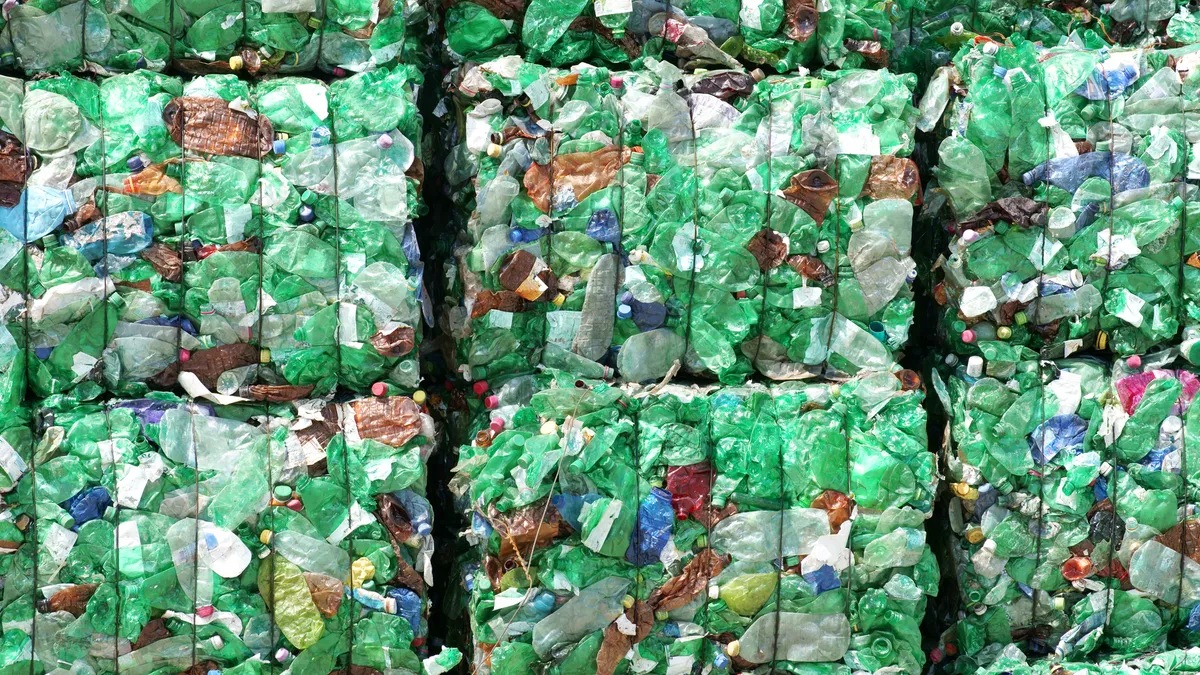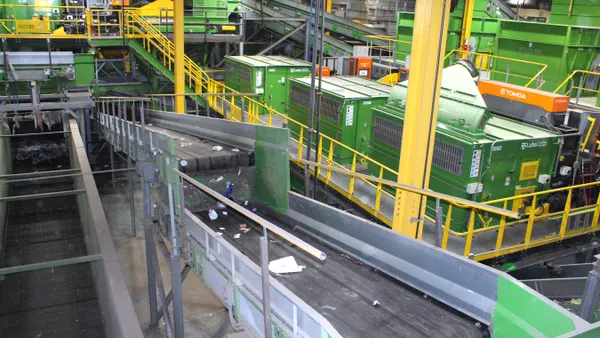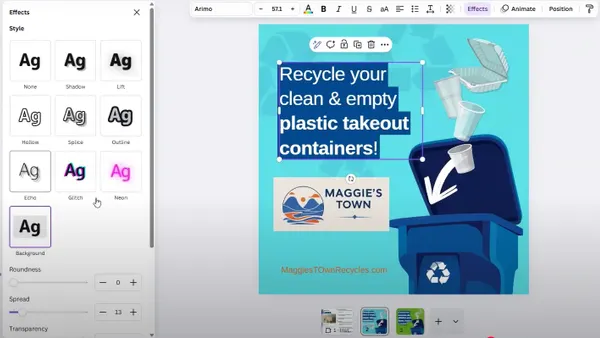Dive Brief:
- Stewardship Agencies of British Columbia, a coalition of extended producer responsibility organizations, diverted about 425 million kilograms (about 468,482 tons) of end-of-life products from landfills in 2023, according to a recent report.
- British Columbians are recycling more beverage containers, thermostats, household batteries, large appliances and smoke alarms than in previous years, SABC reported. Other materials, such as some kinds of electronics, saw lower-tonnage collection rates.
- The organization aims to coordinate more closely on data collection and reporting. It also aims improve collection systems through programs and events, particularly in remote regions where logistics and transportation costs can be shared among numerous stewardship agencies.
Dive Insight:
British Columbia has the most extensive list of EPR programs in North America, with at least 14 programs for items including beverage containers, medications, packaging and used oil. Other provinces, as well as U.S. states, often keep tabs on B.C.’s programming for insight on how to manage or adjust their own programs.
SABC includes EPR organizations such as Call2Recycle Canada, Return-It, BC Brewers’ Recycled Container Collection Council, the Electronic Products Recycling Association, the Canadian Battery Association, Recycle BC and others. It has been operating as a coalition for about 10 years, said Craig Wisehart, an SABC ambassador and the executive director for the Electronic Products Recycling Association.
“We just decided it would be a good idea if we could get together collectively and help address issues and work cooperatively, where we could share best practices and also be a single communication between local government, provincial government and all of our agencies,” he said.
Under BC law, each EPR program must report data on collection rates and other metrics to the provincial government. The SABC report is the first time the member organizations have coordinated to also release a snapshot report showing collection rates across the numerous provincial EPR programs, he said.
Collectively, the stewardship programs reported collecting 200 million kilograms of packaging and paper, 954,500 kilograms of consumer batteries, 23 million kilograms of lead-acid batteries, 2.7 million liters of paint and 105,097 kilograms of medications, among other types of materials.
Several types of materials saw higher collection rates in 2023 compared to the previous year, according to the report.
Return-It, BC’s stewardship agency for beverage container returns, reported 1.375 billion containers collected in 2023, up from about 1.2 billion containers collected in 2022.
SABC’s report said 63,610 thermostats of all kinds were collected in 2023. The Thermostat Recovery Program noted it collected 3,432 mercury-containing thermostats in BC in 2023, up from 2,854 the previous year. Mercury-containing thermostats are no longer sold into the Canadian market, it reported.
The report also noted increases in consumer battery collections, which are reported by two separate organizations: Call2Recycle and the Canadian Battery Association.
Not every type of material saw an increase, Wisehart said. “I didn't collect as much material in my electronics program as previous years, and believe it or not, that's good news,” Wisehart said. While more electronics are being sold, they're all smaller and lighter, “so there's actually less tonnage going into the material stream, so our numbers are actually declining on a collection basis.”
EPRC reported collecting 12,899 metric tons of end-of-life electronics in 2023 in BC, down from 13,010 metric tons in 2022.
In addition to publishing future data reports, SABC continues to coordinate on other initiatives, including collection initiatives with First Nations communities who live in remote areas that are sometimes only accessible by icy roads.
“Collection up there would be extremely difficult for a single agency, but if we go in there and collect large appliances and tires and big batteries together, and you also throw in the household electronics and the small appliances and all the other stuff, everybody can share that cost,” said Wisehart.
SABC keeps in touch with lawmakers and EPR organizations throughout North America, including in the United States, Wisehart said. The coalition has conducted tours for leaders and agency representatives from California, for example.
Though BC’s programs might look different than those being proposed elsewhere in the U.S. and North America, “even within the broader industry, there's a lot of sharing of practices and resources,” Wisehart said.
This story first appeared in the Waste Dive: Recycling newsletter. Sign up for the weekly emails here.











